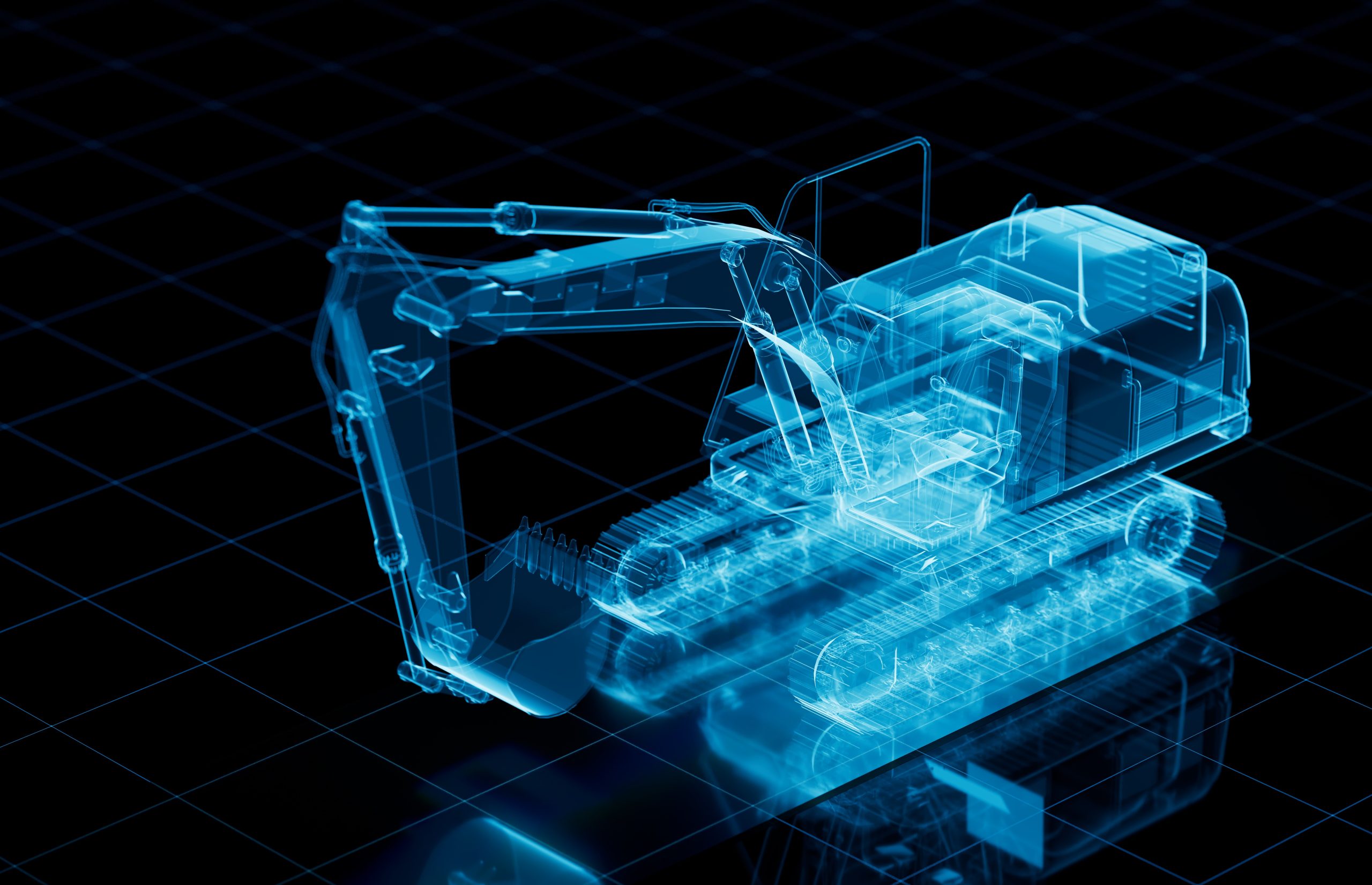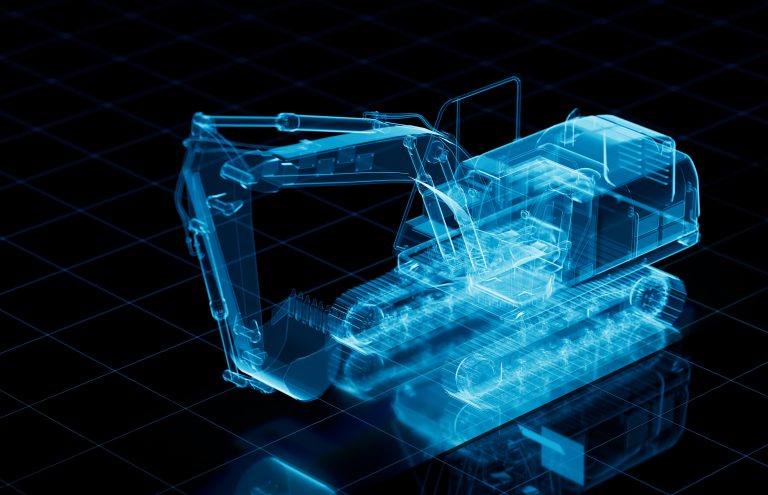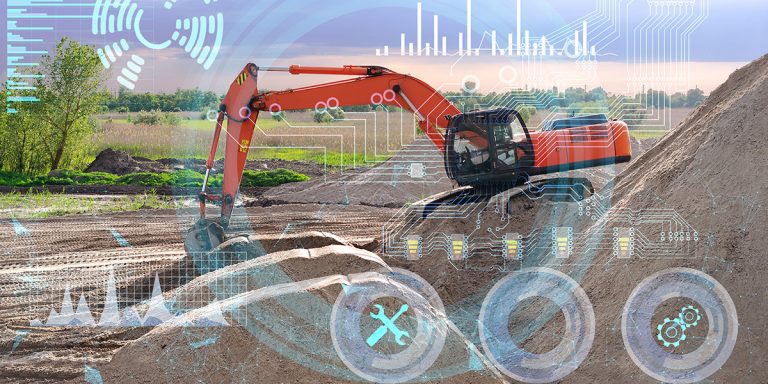ACTIA’s ecosystem is designed to offer optimized lifecycle management of industrial machines, integrating the highest cybersecurity standards. Thanks to connected solutions and embedded technologies, it enables the exploitation of real-time data to optimize performance, durability, and vehicle availability.
Data collection and utilization at each stage of the machinery lifecycle
ACTIA‘s ecosystem supports manufacturers from production to field operations, through maintenance and performance analysis:
- Manufacturing: validation and inspection solutions at the end of the production line, ensuring precise quality control from the manufacturing stage.
- Engineering & Field Testing: data collection and analysis in real conditions, performance adjustment, integration of FOTA updates.
- Data Integration & Management: centralized platform for OEMs with access to real-time data, analytical diagnostics, Digital Twin, and performance analysis.
- Operations & Connected Services: advanced telematics features and interoperability with third-party platforms to optimize the management of equipment in the field.
- Updates & Performance Optimization: remote flashing of ECUs, integration of the latest software updates and advanced features to ensure the continuous evolution of equipment.
- Maintenance & Diagnostics: diagnostic and tele-diagnostic solutions dedicated to manufacturers (OEMs), ensuring accurate monitoring of machine conditions and facilitating preventive maintenance.
Thus, ACTIA offers complete digital services, providing manufacturers with an integrated and secure approach to maximize the efficiency, productivity, and profitability of their industrial machines.
Optimizing equipment performance: Towards a renewed relationship between manufacturers and clients
In the construction and agriculture sectors, the availability of off-road vehicles is a major strategic issue. These machines, representing significant investments, play a key role in the profitability of businesses. Their immobilization can lead to substantial losses, prompting manufacturers to rethink their business model. Rather than focusing solely on selling equipment, manufacturers are now turning to integrated solutions focused on maintenance and optimizing service rates.
This evolution is particularly based on technological innovation, with increasingly connected machines. The goal is to ensure continuous communication between equipment, their environment, and the manufacturers, thus ensuring better safety and increased responsiveness in maintenance. Thanks to these advances, manufacturers are no longer just equipment suppliers but become true strategic partners, offering global solutions to maximize machine performance and customer satisfaction.
The importance of use cases:
In recent years, manufacturers have approached diagnostics based on case studies or “Use Cases”, which is analytical diagnostics. That is to say, development adjustments are made based on real failure cases reported from the field by the system itself. These failure cases, once modeled, enable the automation of repair processes.
This new business model also affects the after-sales network
After-sales diagnostic and tele-diagnostic solutions must also contribute to preserving the vehicle service rate. In case of a breakdown, vehicles must remain out of service as little as possible. The task becomes more complicated when the machine cannot be moved to the workshop. This means that after-sales diagnostic/tele-diagnostic solutions must be highly efficient, easy to use, mobile, and as comprehensive as possible. For example, tele-diagnostic solutions must integrate FOTA technology or “Firmware Over-The-Air”, which allows the downloading of software updates for embedded electronic control units (ECUs) in the background. It does not require any specific user action, except for an installation authorization request or a restart of the device in question. Diagnostic processes and tools should be as automated as possible. They require no specific skills from the technician. They also include continuous monitoring of machine data. The goal is to anticipate breakdowns or failures as much as possible.






